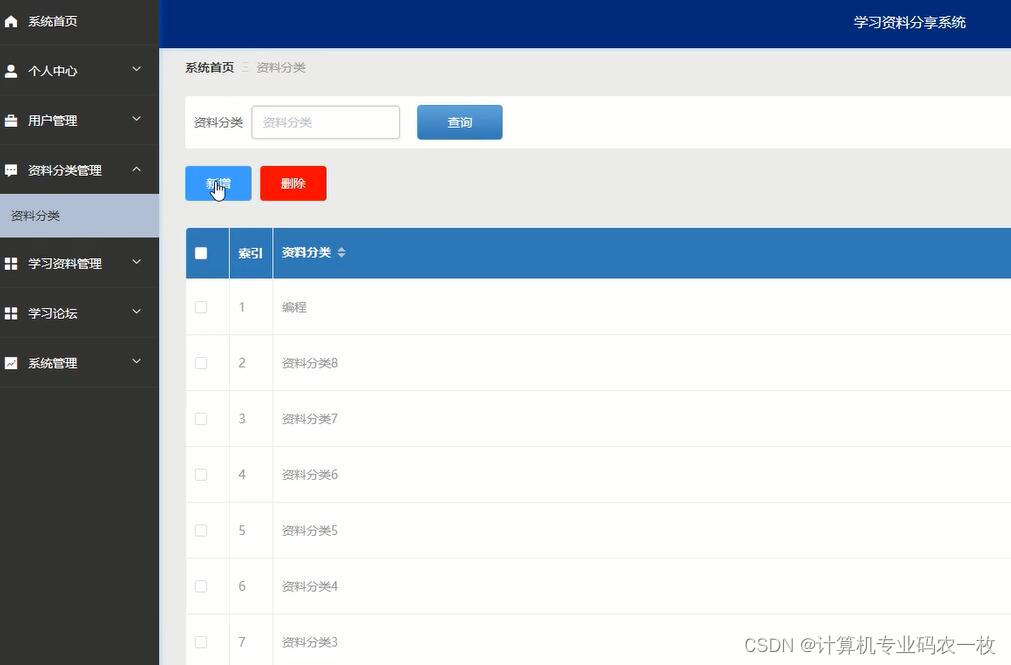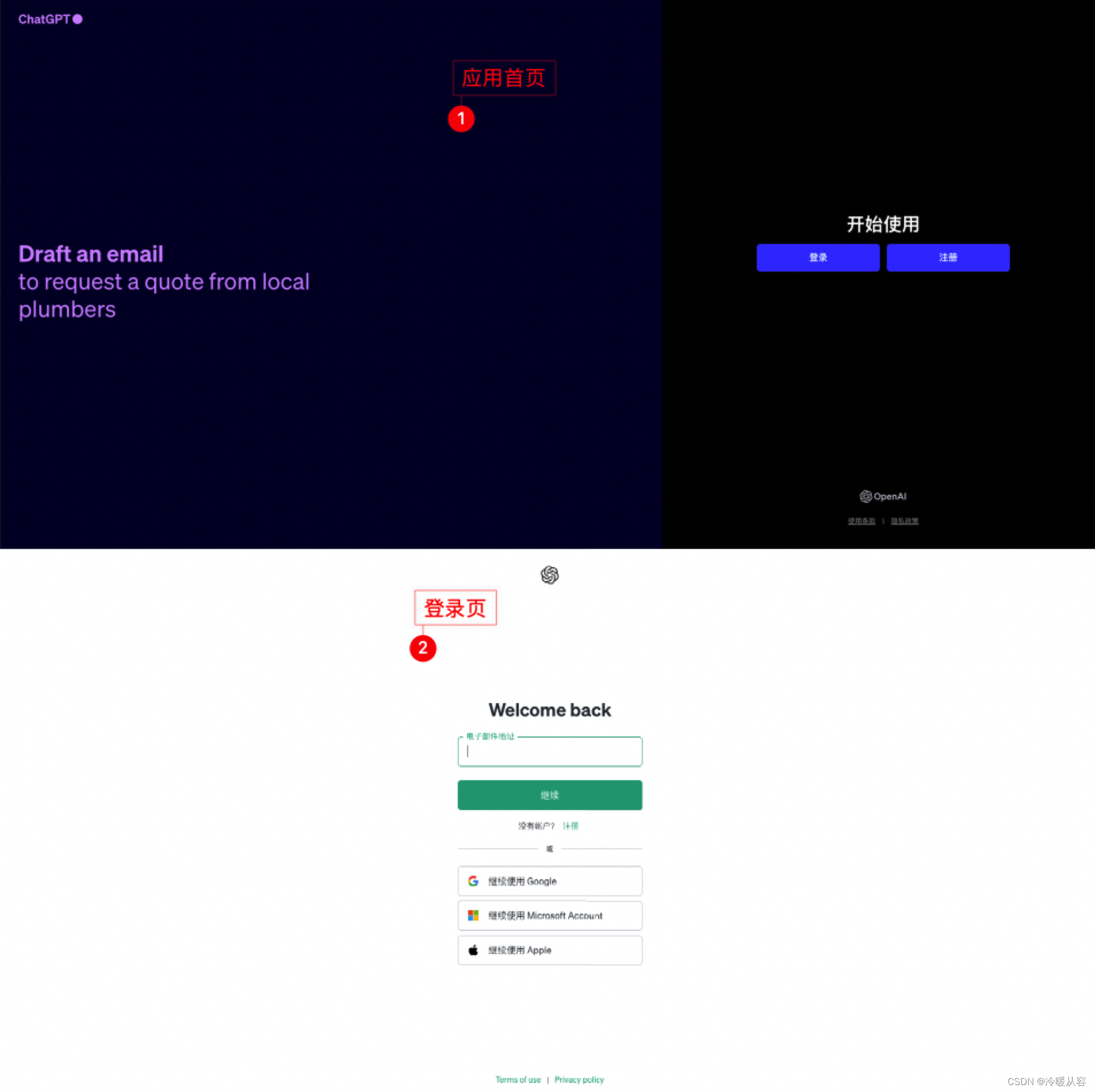GO系列
1、GO学习之Hello World
2、GO学习之入门语法
3、GO学习之切片操作
4、GO学习之 Map 操作
5、GO学习之 结构体 操作
6、GO学习之 通道(Channel)
7、GO学习之 多线程(goroutine)
8、GO学习之 函数(Function)
9、GO学习之 接口(Interface)
10、GO学习之 网络通信(Net/Http)
11、GO学习之 微框架(Gin)
12、GO学习之 数据库(mysql)
13、GO学习之 数据库(Redis)
14、GO学习之 搜索引擎(ElasticSearch)
15、GO学习之 消息队列(Kafka)
16、GO学习之 远程过程调用(RPC)
17、GO学习之 goroutine的调度原理
18、GO学习之 通道(nil Channel妙用)
19、GO学习之 同步操作sync包
20、GO学习之 互斥锁、读写锁该如何取舍
21、GO学习之 条件变量 sync.Cond
前言
按照公司目前的任务,go 学习是必经之路了,虽然行业卷,不过技多不压身,依旧努力!!!
sync.Cond 是 Go 语言中实现的传统的条件变量。那什么是条件变量呢?一个条件变量可以理解为一个容器,容器中存放着一个或者一组等待着某个条件成立的 goroutine,当条件成立是这些处于等待状态的 goroutine 将得到通知并唤醒继续执行。就类似于比赛前跑到开始处预备好的运动员,等待裁判的一声枪响,砰的一声他们就开始狂奔了。
sync.Cond 如何使用
如果没有条件变量,我们可能在 goroutine 中通过连续轮询的方式检查是否满足条件然后继续执行。轮询是非常消耗资源的,因为 goroutine 在这个过程中处于活动状态但并没有实际工作进展,我们先来看一个使用 sync.Mutex 实现的条件轮询等待的例子,如下:
上面的示例是使用 sync.Mutex 来实现保护临界区资源的,不过性能上不够好,因为有很多空轮询是很消耗资源的。
sync.Cond 为 goroutine 在上述场景下提供了另一种可选的、资源消耗更小、使用体验更佳的同步方式,条件变量原语,避免轮询,用 sync.Cond 对上面的例子进行改造,如下:







